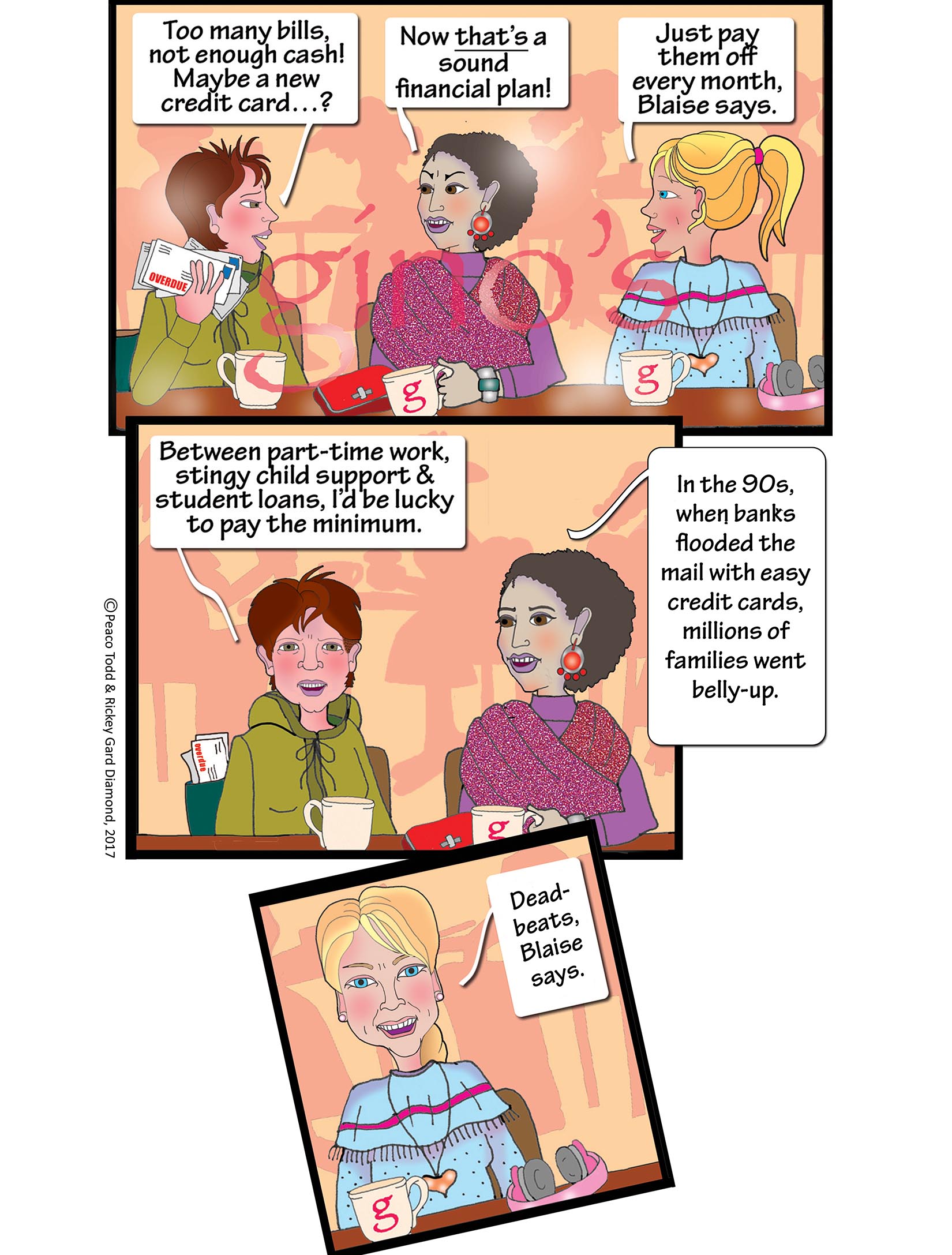CHAPTER 3: Two Kinds Of Men
Economists Come From A Long Line Of Fishy Thinking About Females, But Gentlemen Keynesians Are Kinder.
My mother used to tell me there were two kinds of men—those with honorable intentions toward a woman, the gentlemen, and others who were cads, as she called them. Today we’d call the cad a player. He’s charmingly seductive—but it’s not about you, girl. He’s after a conquest.
My mom’s analysis was rooted in traditional notions. A woman needed a male breadwinner back then. Your choices were not postmodern but dualistic and simple, between a good man and a bad one. A sexual double standard for men underlined the danger lying within your own vagina, a part of your anatomy upheld by tradition as a treasured commodity, something a girl must present untarnished to the man she would marry.
In those days, becoming a bride was every girl’s business enterprise. You might not have stopped to think about it, but these old ideas are rooted in measures of woman as property, whether daughter or wife. A bride is “given” to a groom by her father. The meaning of giving the bride away, largely an affectionate gesture now, wouldn’t become clear to me until women historians began to uncover women’s collective story, examined more closely in Part III.
Until the early ’70s, the phrase women’s history was really an oxymoron. History was about kings and generals, not women. Economic history largely remains so.
Concrete Differences
In the ’60s, I already tended to discount my mother’s assumption that men were a girl’s only path to adult life. As a teenager, I had read Simone de Beauvoir’s ground-breaking book The Second Sex, first published in the US in 1953, though I read it more than a decade later. In it, de Beauvoir says, “The most sympathetic of men never fully comprehend woman’s concrete situation.”
De Beauvoir’s observation seemed truer to me than my mother’s. Good and bad were abstract ideas; what Mom meant and what I meant when it came to good men usually didn’t match. But de Beauvoir’s “concrete situation” pointed to a tangible, touchable, living reality. We had a vagina and womb with all the responsibilities and conflicting expectations for becoming Madonna or Whore, when women are neither, and both, and so much more.
Our vulnerabilities were much worse in de Beauvoir’s day before the pill, but they remain concrete and tangible whenever male violence, rape, and its threat are discounted. Wherever men exclusively define the world, women remain the second sex. Men then have no need to stretch their imagination and attempt to comprehend her. But when women enter the economy, creating their own values, men try harder to extend their thoughts into the foreign land of women—and not only to claim her with a flagpole of ownership....
I had sensed from a young age that our female anatomy put both my mom and me inside a near-invisible sexual fence—though I didn’t yet know enough to describe its electric charge in economic terms. Still, for purposes of explaining trends in 20th century economic thought, my mother’s formula for categorizing men works pretty well. For we have met both the gentleman and the cad in our recent economic history….
Gentleman John Maynard Keynes argued that in times of economic downturn, it was wiser for the government to protect the interests of working-class renters over his own upper-class landlord friends. He wrote that in downturns for business, government spending could be aimed at putting people to work. This would keep the economy healthy. Eliminating jobs and decent wages inevitably backfired, reducing demand for business products and services, he said. By contrast, good wages helped free demand and wider demand supported good prices for the products of business….







